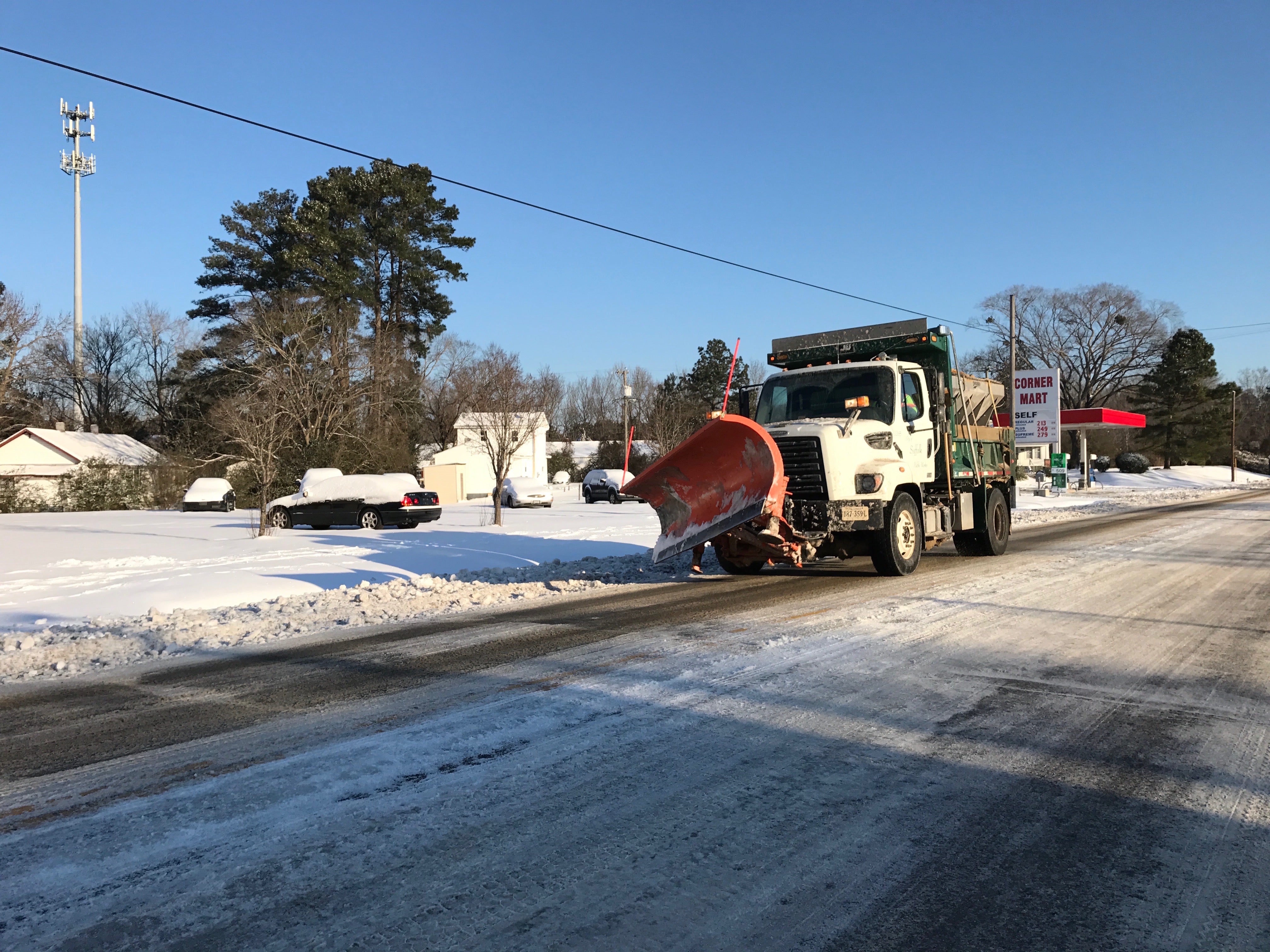Fighting crime by phone
Published 12:00 am Monday, November 20, 2006
The Suffolk Crime Line is the public’s opportunity to help the police officers who help us so much.
The Crime Line is a non-profit, community program that is designed to unite the public, media and police in the fight against crime. Crime Line offers anonymity and cash rewards to residents who furnish information. If the information given leads to an arrest, recovery of stolen property, or seizure of illegal drugs, callers might receive a cash reward of up to $1,000.
The Crime Line process is carefully set up to protect the anonymity of callers. The process begins when a person calls the Crime Line — 1-888-LOCK-U-UP — with a tip.
The caller is then assigned a computer-generated identification number, said Lt. Debbie George, spokesperson for Suffolk Police and coordinator of the system in Suffolk. This identification number is used throughout the process to protect the caller’s identity.
“We don’t want our person to be called to court,” said Gail Williams, a member of the Crime Line board. “The person may even be living in the same house” as the person they’re reporting.
“If somebody’s desperate enough to be doing drugs, they might not have a problem hurting a family member.”
Gang situations are another instance where the anonymity can encourage citizens to call, Williams said. If a member of a gang is reporting on another member, it’s easy to see why the caller would want to remain anonymous.
Police then investigate the tip provided, said George. Rewards are made based on the outcome of the information.
“It depends on what the crime is,” Williams said. “If it is in conjunction with a felony, drugs, stolen property, if weapons are recovered or if it leads to an arrest, the reward could possibly be $1,000.”
The rewards are up to $1,000, Williams said. “If we gave out $1,000 for everything, we’d go broke.”
Williams said there had been at least one instance when the maximum reward was offered, and the citizen did not try to collect it.
When callers dial the Crime Line, which is connected with the Greater Hampton Roads Crime Line, they hear a recording asking to specify a city. After pushing the number for Suffolk, callers are transferred to George’s office line. If she is unavailable, they can leave a message, call back later, or hang up and call dispatch in urgent situations, such as a wanted person spotted in public. An email address is also available for those who feel more comfortable reporting tips that way.
After the message is received, the information is relayed to the appropriate division. For example, a narcotics tip goes to special investigations, and a tip about a felony would go to the detectives, said George.
Tipsters are asked to call back in a few days to see if any progress was made on the case due to their information, George said. If the tip led to an arrest, recovery of stolen goods or other progress in the case, the caller is asked to call back after the next board meeting to see if a reward has been approved and find out how they could collect it, George said.
When a reward is approved, the person is told their money can be picked up at a local bank Williams said. The caller is told to arrive at the bank and ask for a specific employee, and give them their caller-identification number. The cash reward is then issued to the caller, with no questions asked. If the reward is not collected within 90 days, the funds go back into the account.
Callers will never have to give their name or sign anything at any point, even to collect their reward, Williams said. Since the name is never given, the caller cannot be asked to testify in court. Telephone numbers are not traced.
The Crime Line board is made up of members of the community from various genders, races and professions, who volunteer to serve on the board. The board is the entity that collects donations from corporations and individuals to run the Crime Line and provide rewards. No government funds from any level are used for the service.
Ken Williams, the treasurer of the Crime Line, said that $4,800 was paid out in 2005 to 39 callers. That makes an average of a $123 reward n just for doing the right thing.
“That number is up over previous years,” Williams said. “Given the growth in the city, we would expect that trend to continue.”
The trend is indeed continuing. So far in 2006, $3,780 has been paid to 20 people. That’s an average of $189.
The Crime Line relies on corporate and private donors to fund its operating expenses and reward payments. It is not a police department program, so no funds come from them. The program depends entirely on the goodness of individuals and companies.
For example, Keri’s Diner, on East Washington Street, put together a car show this year, and donated the entire proceeds, $1,138, to Crime Line. Wal-Mart, on North Main Street, recently made a $1,000 donation.
The Crime Line board also does their own fundraising. This year, they held their first motorcycle rally, which brought in $2,600, Williams said.
“We’re hoping that’s going to be an annual thing,” he said. “We think we can grow on it. We look for that to be one of our primary fundraisers in the future.”
Gail Williams stressed how important the Crime Line is to the city of Suffolk.
“We’ve got to start getting concerned,” she said. “I believe 99 percent of the people out there are good, honest people; but we can’t let that one percent hurt us.”
The number for the Crime Line is 1-888-LOCK-U-UP. The email address is crimeline@city.suffolk.va.us.



